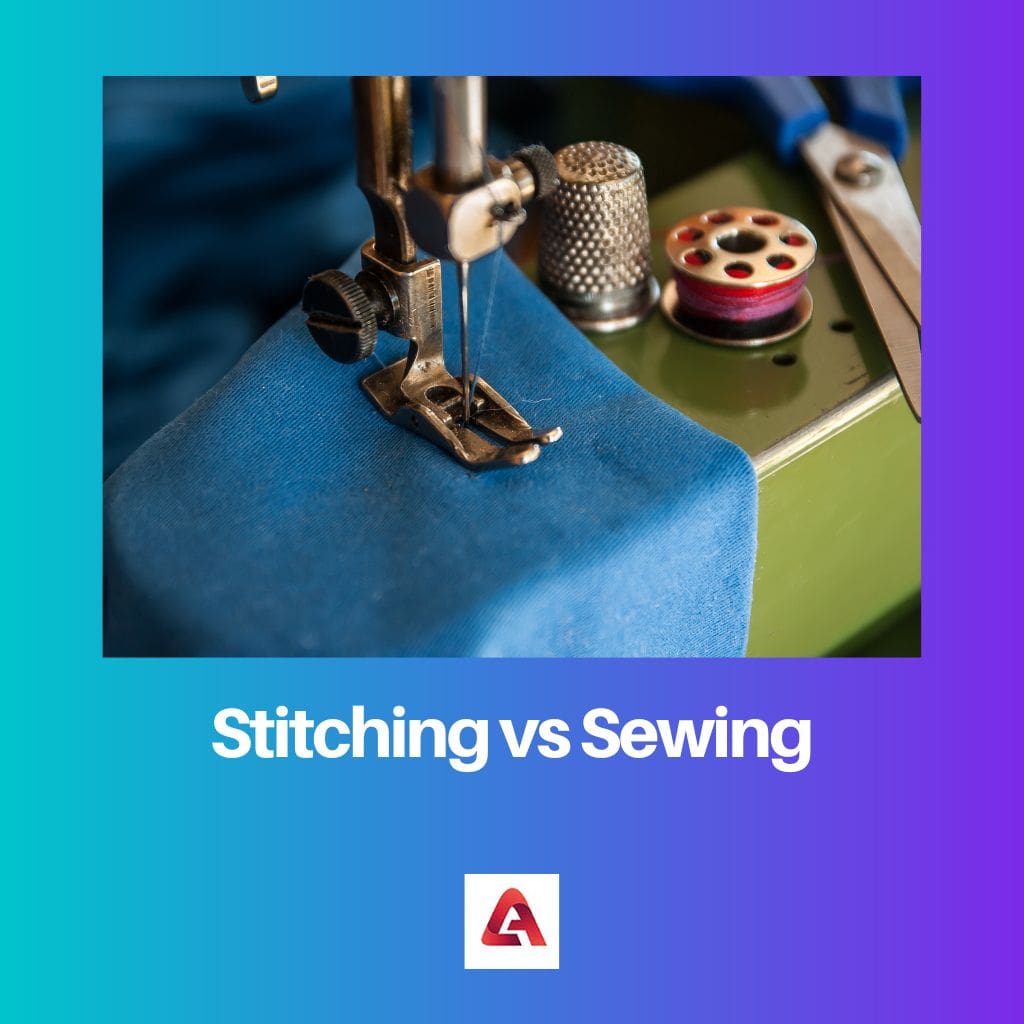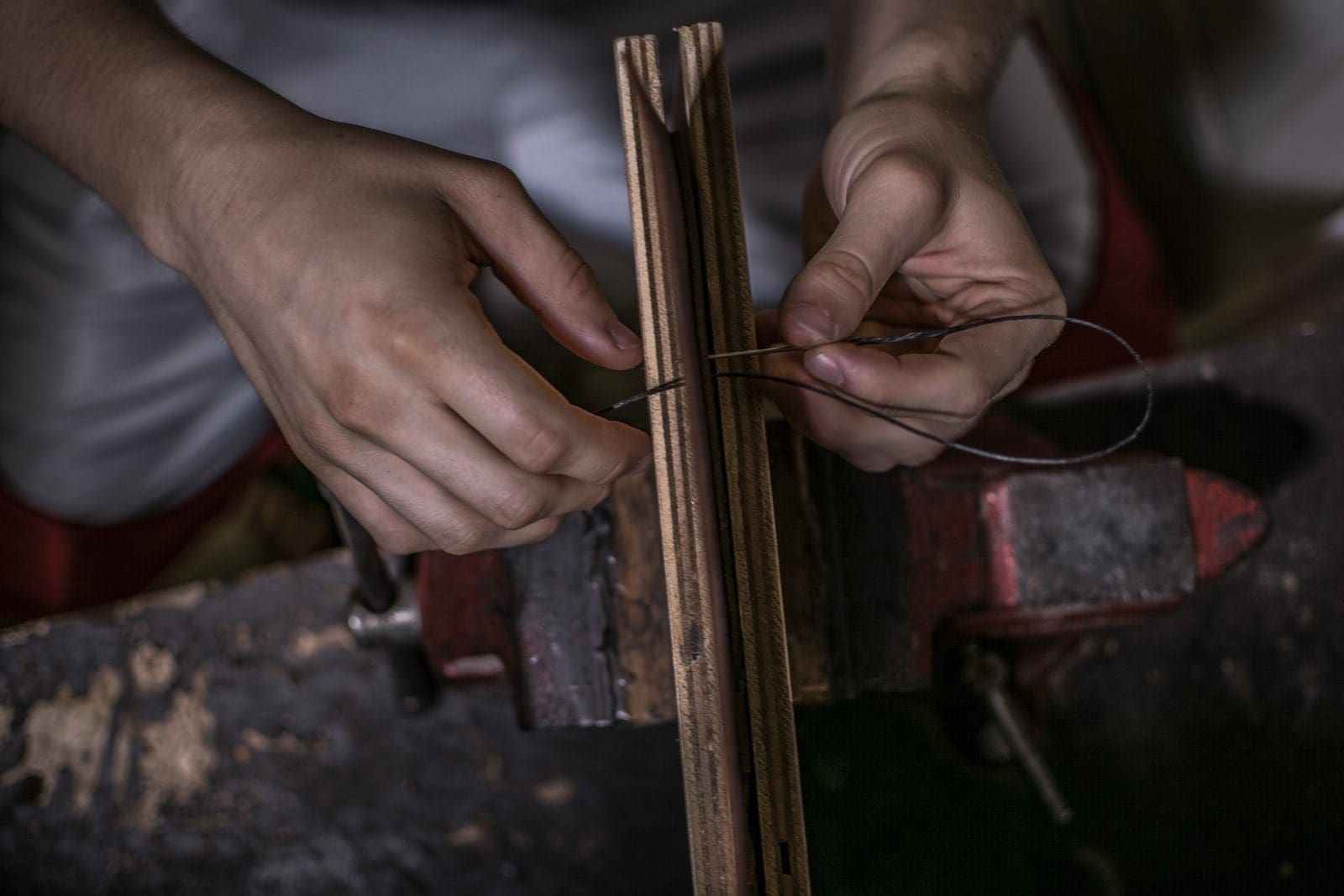We all know that craftsmanship is one of the oldest industries in the whole world. It has been practiced in various corners of the world since people realized their skills and artistic works.
It is such a skill that requires good patience and idea. The whole work is carried out through some basic interest.
If a person is not interested in craftsmanship, he cannot carry the work. Mere learning of craft is not important, but the person should have good interest and passion.
A successful craftsman will always carry out extensive research work. They also learn under the senior craftsman to enhance their knowledge and skills.
In the present world, most people are interested in this field. They have indulged themselves in the artwork. It is not wrong to say that traditional craftwork includes various types of materials like clay, wood, and other materials
. Craftsmanship is a combination of both art and science. Now, what is sewing? Sewing is the process of joining and attaching any object, through the help of a need and thread.
Sewing is carried out with the help of these two things.
On the other side, Stitching is also a process of attaching things. The only thing is that it is done with the help of a loop of yarn.
Key Takeaways
- Stitching is creating a series of loops with a thread, which connects two or more pieces of fabric or other materials using a needle or a sewing machine.
- Sewing is a broader term encompassing stitching and other techniques for joining materials, such as glue, staples, or fasteners. It can also include embellishing fabrics with embroidery or decorative stitches.
- Both stitching and sewing involve joining materials together. Still, stitching specifically refers to using thread and a needle or sewing machine. In contrast, sewing is a more general term that includes various methods of joining and embellishing materials.
Stitching vs. Sewing
Stitching is a basic joining technique used for temporary or decorative purposes, such as attaching buttons or repairing fabric. Sewing is a more comprehensive technique that involves various stitching methods and tools to create a more complex finished product. It can be done by hand or with a sewing machine.

Comparison Table
| Parameters of Comparison | Stitching | Sewing |
|---|---|---|
| Definition | It is the process and technique of attaching things with the help of a loop of yarn. | It is the process of attaching things with the help of thread and needle. |
| Requirements | It requires a loop of yarn | It requires thread and a needle. |
| Types | There are seven basic types of stitching | Sewing is of three types |
| Basic difference | Stitching is an essential component of sewing. | Sewing is simply a craft. |
What is Stitching?
Stitching is a process carried out with the help of either yarn or thread. It is also considered the fundamental element of sewing. The crochet or embroidery work that is found is done through the stitching.
It can be done either by hand or by machine.
However, there are seven types or categories of stitching. Let us find out some of them. Running stitch, backstitch, cross stitch, chain stitch, knot stitch, and overcast stitch are some of the main ones.
A lot of people are attached to the Stitching process. Before stitching used to take a lot of time. Now it has been reduced with the invention of advanced machine boxes.

What is Sewing?
On the other side, sewing is nothing more than a craft. It is a process of joining and attaching things or objects with the help of a needle and a thread. The existence of sewing can be traced back to the Paleolithic age.
Most of the clothes that we wear are done with sewing. But with the advancement of technology, there have been some changes. Modern sewing tools have also reduced the effort of people to a reasonable extent.
Sewing is said to be the foundation of appliqué, embroidery, and similar other types of handwork.
It is a beautiful artwork and creation. Three types of sewing exist. One is plain sewing. The second is Fancy sewing, and the third is Heirloom sewing. Plain sewing is used for making clothes that are made of linen materials.
Fancy sewing is required in the case of decorative techniques. Most decorative works on the clothes are done with the Fancy sewing mode.
Heirloom sewing is done with fine hand sewing. It is also used for trimming purposes. Sewing was with the help of hands until the 19th century. It was a long-drawn process, requiring a lot of labor and effort simultaneously.
Sewing is composed of two components. One is the seams, and the other one is the stitches. What is seam? The seam is a row of stitches that fasten the two objects together.

Main Differences Between Stitching and Sewing
- A loop of yarn is enough for stitching. But thread and needle are used in the case of sewing.
- Stitching is not an old concept. Sewing was present and followed by the people during the Paleolithic age.
- Stitching is considered to be a process of attaching things or objects. Sewing is nothing but a craft.
- Stitching can be of seven types, while sewing is of three types.
- Stitching is the basic component of sewing, but sewing is a craft that existed during the ancient period.

The comparison between stitching and sewing was well-delineated. It’s crucial to understand the subtle differences between the two techniques, and the article did a great job of elucidating these distinctions.
Craftsmanship truly embodies the fusion of art and science. It’s intriguing to see how such a meticulous and patient skill can result in such beautiful creations, whether through stitching or sewing.
A truly informative article that sheds light on the differences between stitching and sewing. The comparison table was particularly helpful in understanding the distinction. Great job!
I agree, the details provided about the different types of stitching and sewing were intriguing. It’s fascinating to see how each type has its own unique characteristics and applications.
The historical context provided about sewing and its evolution was enlightening. It’s fascinating to see how technology has impacted such a timeless and fundamental craft.
While the article provides valuable information about stitching and sewing, I believe incorporating real-life examples or case studies of master craftsmen and their work would have added more depth to the content.
I found the detailed explanations of the various types of stitching and their applications quite fascinating. It goes to show the intricacy and diversity of this skill.
While craftsmanship is undoubtedly an admirable skill, I believe the article could have delved deeper into the history of craftsmanship and its cultural significance. Additionally, more examples of traditional craftwork from different regions of the world would have been enriching.
Craftsmanship is truly a wonderful skill that has been practiced for centuries. It’s amazing how it has evolved over time and how people continue to be interested in this field, embracing traditional craftwork and using modern tools to enhance their skills.
The article presents a comprehensive overview of stitching and sewing, from their definitions to the types and techniques involved. It certainly serves as a valuable resource for anyone interested in delving into this unique craft.
The article wonderfully highlights the importance of passion and interest in craftsmanship. It’s not just about learning the craft, but about having a genuine enthusiasm for it. A commendable read!